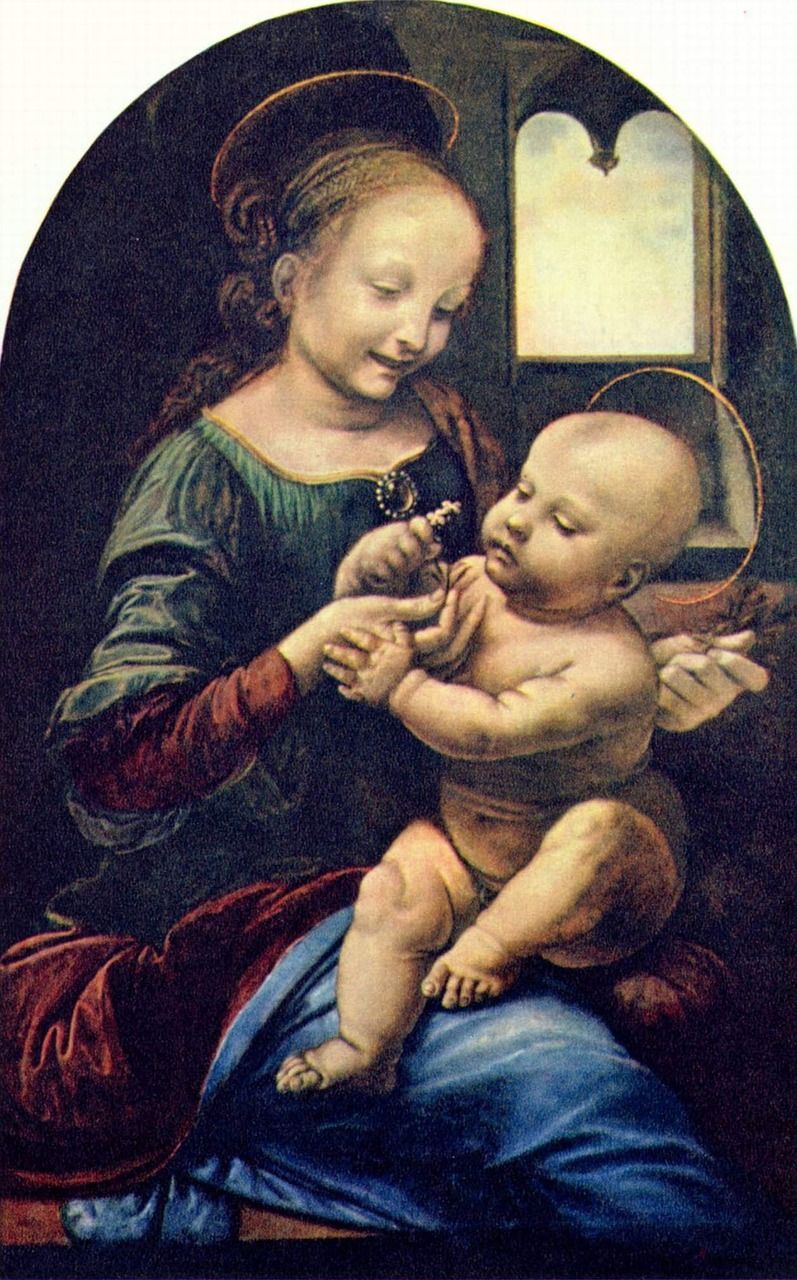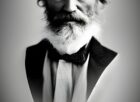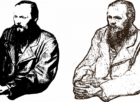Orlando, Virginia Woolfs renowned novel, is a unique and groundbreaking literary work that has captivated readers for generations

With its innovative narrative style and exploration of gender identity, the novel holds significant importance in the realm of feminist literature. In this article, we will delve into the depths of Orlando, highlighting its key themes, historical context, and its evolution over time.
Introduction:
Orlando, published in 1928, is often considered Virginia Woolf’s most accessible and playful work. Inspired by Woolf’s close friend, Vita Sackville-West, the novel tells the story of an English nobleman named Orlando, who lives for over three centuries, experiencing numerous transformations in gender, time, and place. This fantastical tale challenges societal norms and offers a profound reflection on the fluidity of identity.
Historical Context:

To understand the significance of Orlando, one must grasp the historical context in which it was written. Set against the backdrop of the early 20th century, Woolf’s novel emerged during a time of great social and cultural transformation. The suffrage movement was gaining momentum, questioning traditional gender roles and promoting women’s liberation. Woolf herself was an influential figure in the Bloomsbury Group, a collective of writers, artists, and intellectuals who sought to challenge conventional ideas about art, literature, and gender.
Development of Orlando:
The genesis of Orlando can be traced back to Woolf’s personal relationships and internal struggles. Having been in a passionate affair with Vita Sackville-West, a prominent writer and garden designer, Woolf found inspiration in both Vita’s life and her family history. The character of Orlando was thus crafted as a composite of the androgynous and adventurous Vita and her ancestral lineage.
Woolf’s narrative style in Orlando is an essential element of its charm and significance. The novel is written as a biography, resembling a historical account of Orlando’s life, but with whimsical and fantastical elements. Woolf breaks free from the constraints of traditional storytelling, employing stream-of-consciousness writing and lyrical prose to immerse readers in Orlando’s emotional journey. The blending of historical realism with fictional elements offers a unique reading experience, blurring the lines between fact and fiction.
Key Themes:
Orlando explores various themes, prominent among them being gender and the construction of identity. Through Orlando’s transformations from a man to a woman and the subsequent shifts in societal perception, Woolf challenges the rigidity of gender roles and emphasizes the fluidity of selfhood. This theme is highly relevant in contemporary times, as discussions around gender identity continue to evolve.
Another significant theme in Orlando is the concept of time and history. Woolf intricately weaves historical events into the narrative, subtly commenting on the cyclical nature of human existence. By spanning centuries and encompassing various historical eras, she emphasizes the transient nature of human life and the inevitable passage of time.
Featured Snippet Optimization [BULLETS]:
– Orlando, Virginia Woolf’s groundbreaking novel, challenges societal norms and explores themes of gender identity.
– Published in 1928, the novel emerged during a time of great social and cultural transformation.
– Inspired by Vita Sackville-West, Orlando’s character was influenced by Woolf’s personal relationship and Vita’s ancestral background.
– Woolf’s narrative style in Orlando is characterized by stream-of-consciousness writing and lyrical prose.
– The novel blurs the lines between fact and fiction, immersing readers in Orlando’s emotional journey.
– Key themes in Orlando include gender identity, the construction of selfhood, and the concept of time.
– Woolf intricately weaves historical events into the narrative, emphasizing the transient nature of human life.
Conclusion:
Orlando stands as a literary masterpiece that continues to inspire and provoke thought in readers worldwide. Virginia Woolf’s innovative narrative style, insightful exploration of gender, and profound themes of identity make this novel a timeless piece of literature. As we delve into Orlando’s fantastical world, we are reminded of the power of literature to challenge societal norms and ignite conversations that transcend time.
References:
– Woolf, Virginia. Orlando. Penguin Books, 2020.











